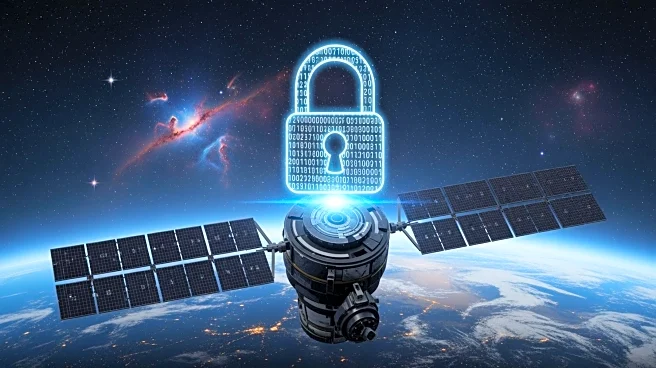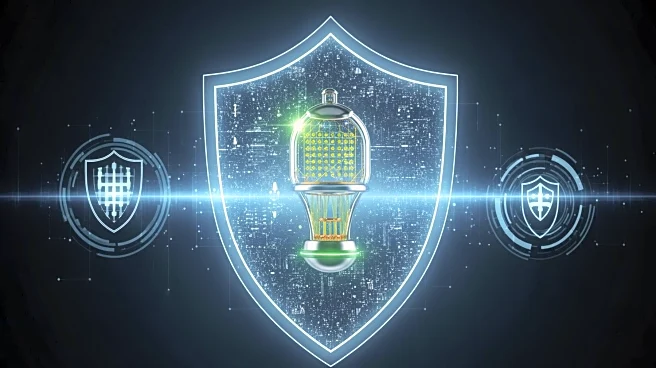What's Happening?
A new chaos-based augmented image encryption scheme has been developed to enhance the security of satellite images using Fredkin logic. The scheme employs various performance evaluation metrics, such as Peak Signal-to-Noise Ratio (PSNR), Mean Squared
Error (MSE), and entropy, to ensure strong obfuscation and randomness in encrypted images. The encryption algorithm demonstrates robustness against differential attacks, with high NPCR and UACI values indicating sensitivity to input changes. The scheme also shows resilience against occlusion and noise attacks, maintaining data integrity and confidentiality in adverse conditions.
Why It's Important?
The development of this encryption scheme is significant for industries relying on satellite imagery, such as environmental monitoring, defense, and geospatial analysis. Enhanced security measures protect sensitive data from cryptographic attacks, ensuring the confidentiality and integrity of satellite images. The scheme's ability to withstand various attacks and its computational efficiency make it suitable for real-time applications, addressing the growing demand for secure image transmission and storage in high-security sectors.
Beyond the Headlines
The encryption scheme's reliance on chaotic systems and Fredkin logic highlights advancements in cryptographic techniques, offering insights into future developments in multimedia security. The scheme's robust key space and performance metrics suggest potential applications beyond satellite imagery, including secure communications and data protection in other fields. The ongoing evolution of encryption technologies underscores the importance of adapting to emerging threats and maintaining data security in an increasingly digital world.













